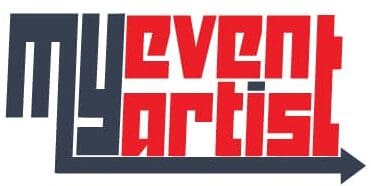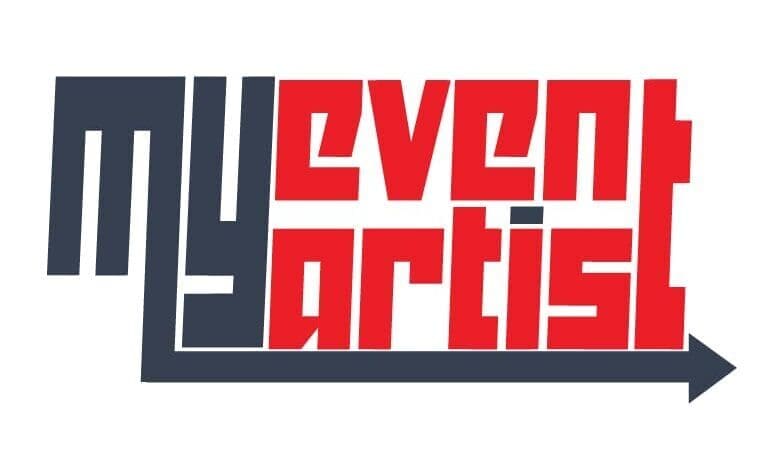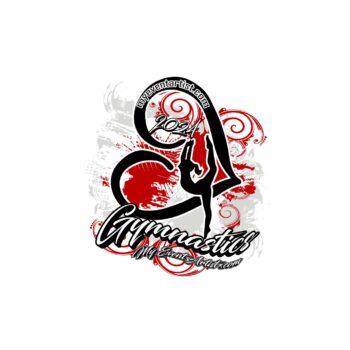Smart Object Editing: Discover how to use smart objects to retain the scalability and flexibility of your vector logo while making edits.
Smart objects are a powerful feature in graphic design software that allows you to preserve the scalability and flexibility of your vector logos when making edits. By understanding how to utilize smart objects effectively, you can streamline your workflow and maintain the integrity of your logo design. Here are some tips to help you master the art of smart object editing:
- Convert to smart object: Start by converting your vector logo into a smart object. This step ensures that the original vector data is retained within the smart object while providing a non-destructive editing workflow. Right-click on the logo layer and choose the “Convert to Smart Object” option. This action encapsulates the logo as a separate layer, ready for non-destructive editing.
- Edit with linked software: Double-click on the smart object layer thumbnail to open it in its original software, such as Adobe Illustrator or Adobe Photoshop. This opens a separate editing window where you can make changes to the vector logo. Leveraging the full features of the vector editing software allows you to edit shapes, colors, gradients, and other elements while maintaining crispness and scalability.
- Update and save changes: After making edits to the smart object in the linked software, save your changes. The changes will be automatically reflected in the main document where the smart object is placed. Save the changes, close the linked software, and observe your logo updating seamlessly in your design. This efficient workflow ensures that you can make adjustments while preserving the scalability and quality of the vector logo.
- Apply transformations and effects: Smart objects preserve transformations and effects applied to the logo. This allows you to resize, rotate, skew, or apply filters and effects without permanently altering the original logo data. Experiment freely with transformations and effects, knowing that you can always revert or modify them later.
- Maintain scalability: One of the significant benefits of smart object editing is the ability to maintain scalability. Whether you’re designing for a small icon or a large banner, smart objects ensure that your logo retains its visual integrity and sharpness at any size. This scalability flexibility is especially useful when working across different platforms and media.
- Non-destructive adjustments: Aside from editing the original smart object, take advantage of adjustment layers and layer styles to enhance your logo further. Apply adjustments like levels, curves, or color balance as adjustment layers, keeping the editing process non-destructive. Layer styles allow you to add effects such as drop shadows or gradients while preserving the ability to modify or remove them easily.
- Reuse across projects: Smart objects serve as reusable assets. Once you’ve created and edited a smart object for your logo, you can easily place it in multiple documents or projects. If changes are required, simply edit the smart object once, and the modifications will propagate across all instances, saving you time and effort.
By harnessing the power of smart object editing, you can retain the scalability and flexibility of your vector logo while making edits. This workflow ensures you can adjust, modify, and reuse your logos without compromising quality or reworking from scratch. Embrace smart objects as an essential tool in your graphic design process, empowering you to create versatile and impactful logo designs.


